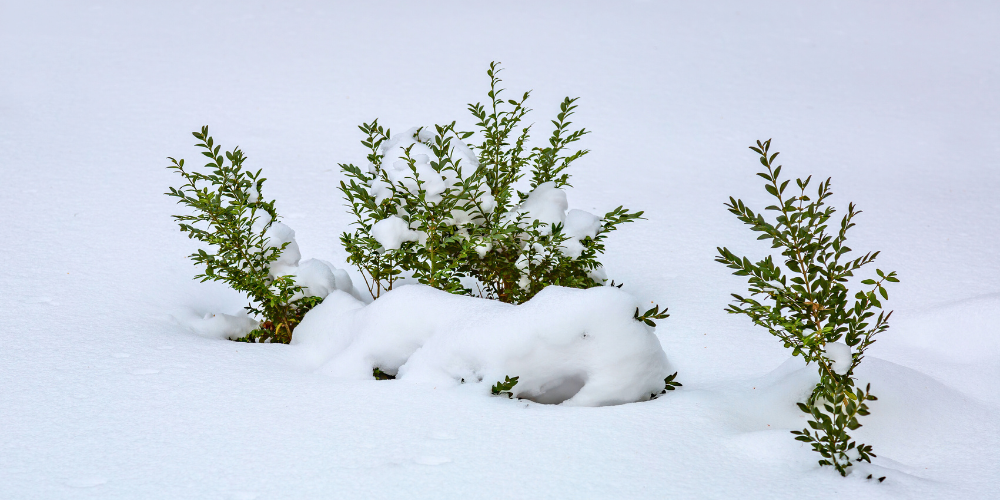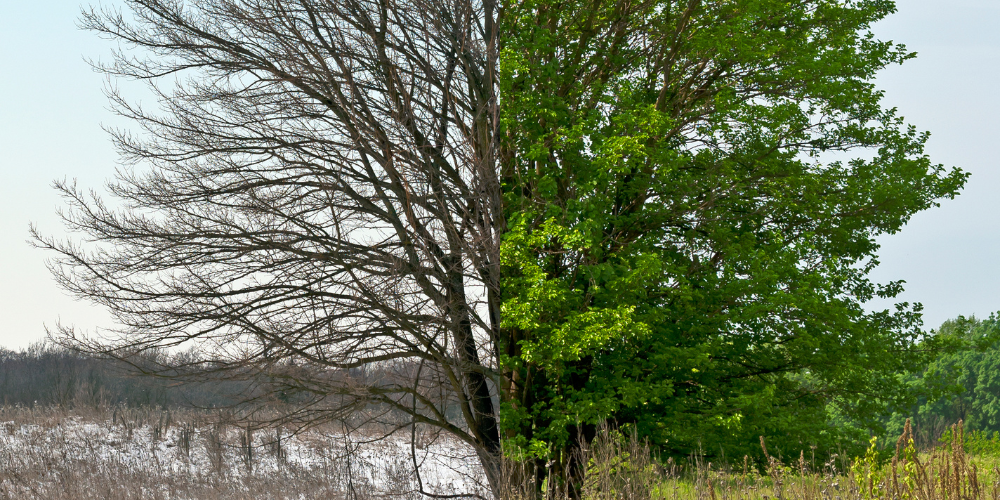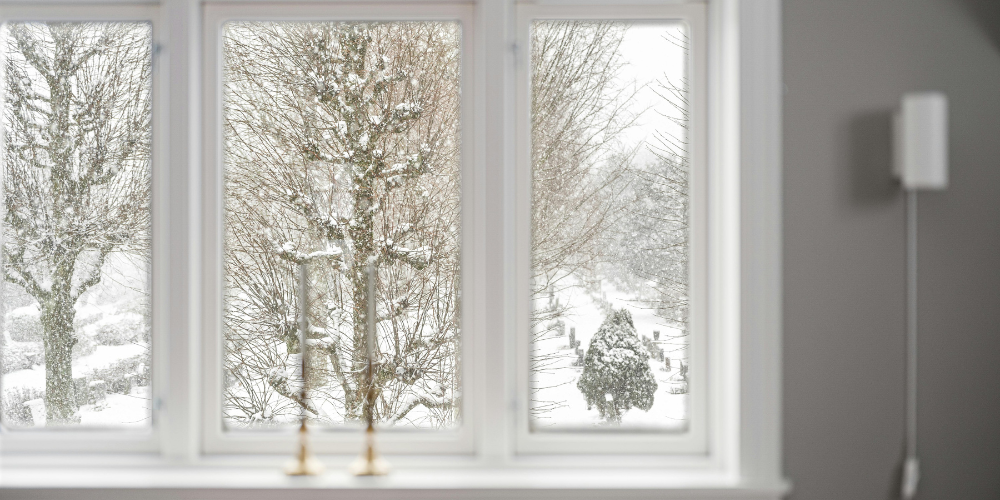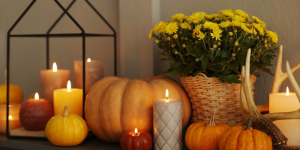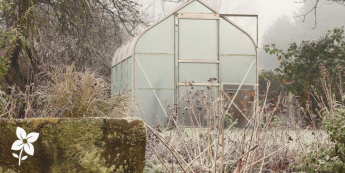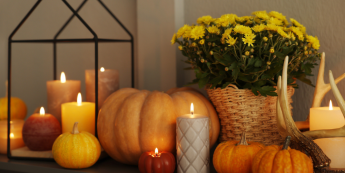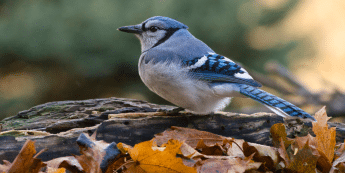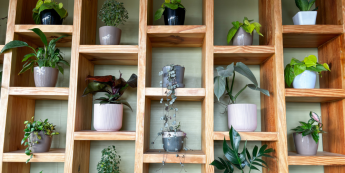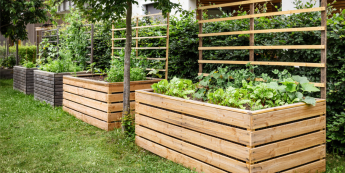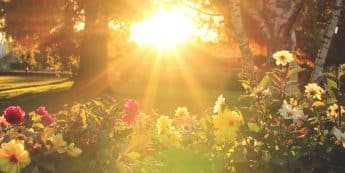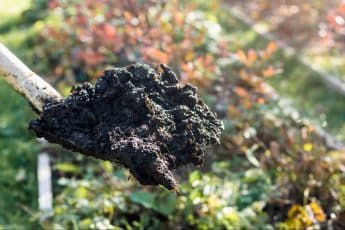Understanding plant dormancy reminds us that growth does not always mean movement; sometimes, the greatest progress happens in stillness.
In the stillness of a snow-covered yard, plant dormancy conducts a silent masterpiece. The garden, once alive with buzzing bees and rustling leaves, now lies under a hush so complete it feels almost sacred. Each stem, root, and branch is an instrument resting between movements, conserving its strength for spring’s grand crescendo. It may seem like nothing is happening, but beneath the frosty surface, nature is performing a masterful act of conservation—a slow, deliberate rhythm that ensures life will return with vigour.
Dormancy isn’t death; it’s resilience in its purest form. The trees along your fence line, the perennials tucked beneath their mulch blankets, even the hardy shrubs braving the chill—all are following an ancient script written by the seasons. Understanding this pause gives gardeners the insight to work with nature’s tempo instead of against it, protecting and nurturing their landscapes during the frozen months.
What Is Dormancy in Plants? – Nature’s Winter Pause
Dormancy in plants is nature’s answer to survival—a biological slowdown that allows life to persist through harsh conditions. Like a bear retreating to its den, a plant enters dormancy when temperatures drop and daylight wanes. Metabolism slows, growth halts, and the visible world of greenery fades into muted tones of brown and grey. Yet beneath the bark, in the heart of every root and bud, quiet chemical processes are at work, safeguarding tissues from frost and conserving the energy needed for spring’s rebirth.
What is dormancy in plants in Edmonton? For many gardeners, the answer lies in adaptation. Our long, frigid winters demand that plants conserve resources. Trees seal off their vessels with protective compounds; perennials channel nutrients into their roots; shrubs pull back from photosynthesis to avoid dehydration in the dry prairie air. This retreat is not weakness—it’s wisdom, refined by evolution to withstand the northern cold.
Why Dormancy Is Essential – The Hidden Work Beneath the Snow
Beneath the snow’s soft insulation, a secret world hums with unseen energy. While the garden seems to sleep, roots continue faint respiration, cells maintain balance, and the soil’s microbial life—though slowed—still pulses with quiet industry. Dormancy is the garden’s version of deep meditation: still on the outside, yet alive with inner renewal.
Imagine your lilac bushes dreaming through the winter, or your apple tree rehearsing its spring performance. These plants are not idle; they’re recharging. Nutrients shift from dying foliage into storage, sap thickens like syrup to prevent freezing, and buds form microscopic layers of protection, waiting for the sun’s return.
This rest is essential. Without it, plants would exhaust themselves with endless growth, leaving no time to repair, reset, or strengthen. Just as athletes require recovery between seasons, plants need this winter reprieve to fuel the burst of colour and growth that defines spring. For gardeners, supporting this process means embracing patience and trusting nature’s slow rhythm. As you prepare your garden for its winter rest, you’ll also want to explore essential strategies to protect your entire landscape from the harsh cold.
How Gardeners Can Support Dormant Plants – Winter’s Gentle Touch
The art of winter gardening lies in gentle stewardship—protecting without disturbing. In Edmonton’s challenging climate, this means preparing your landscape to endure months of cold, dryness, and wind. Think of it as tucking your garden in for its long seasonal sleep.
Start with mulching: blanket your beds with bark to buffer bitter blasts. A thick layer of organic mulch—wood chips, shredded leaves, or straw—locks in soil moisture and insulates roots from temperature fluctuations. Around trees and shrubs, mulch acts like a thermal coat, keeping the underground life stable even as surface temperatures swing wildly.
Pruning is another form of quiet care. Late fall pruning helps remove damaged or diseased branches, preventing decay during dormancy. However, avoid heavy pruning once extreme cold has arrived—it can expose tender tissues to frostbite. Instead, inspect regularly and snip lightly where needed.
Next, water wisely before the ground freezes. Edmonton’s dry winters can dehydrate roots, so a deep late-fall watering helps plants enter dormancy well hydrated. Once snow arrives, resist the urge to clear it away from garden beds—snow is nature’s own insulation, softening the freeze-thaw cycle and protecting perennials beneath.
Lastly, consider windbreaks for delicate evergreens or young shrubs. Burlap wraps or temporary fencing can make the difference between survival and winter burn. These small acts of care are among the most effective winter gardening tips for Edmonton gardeners striving to support their plants through the coldest months.
Gardening in winter is less about action and more about attention. It’s standing in stillness, listening to the soft hiss of snow, knowing your garden breathes quietly beneath. While your garden rests, discover how the right seasonal blooms can still bring charm and elegance to winter celebrations.
Common Misconceptions – Debunking Dormancy Myths
To the untrained eye, a winter garden looks lifeless. Bare branches, brittle stems, and frozen soil give the illusion of decay. But stillness does not equal stagnation. This is one of the most persistent misconceptions about dormancy: that a sleeping garden is a dead one.
In truth, dormancy is a triumph of endurance. Perennials that appear vanished are very much alive below ground, their crowns storing energy for spring. Deciduous trees that shed their leaves are simply conserving water; their buds are sealed, poised for warmer days. Even lawns go dormant—a temporary pause that keeps grass from dying when it can’t draw nutrients from frozen soil.
Another myth is that gardeners must “wake up” plants early by adding fertilizer or warmth. Doing so interrupts the natural rhythm and can lead to weak, frost-damaged growth. The best thing you can do for dormant plants is allow them to rest. Winter is not a void but a necessary intermission between acts—a pause written into the performance of life.
So, when you gaze upon your quiet yard this January, remember: the orchestra isn’t gone. It’s simply between movements.
Preparing for Spring – From Silence to Symphony
As the sun climbs higher in the sky and daylight lingers a little longer, the frozen garden begins to stir. Beneath the melting snow, roots stretch, sap loosens, and buds swell with anticipation. What was once silence transforms into symphony—each plant picking up its instrument again for spring’s exuberant performance.
The energy conserved through dormancy becomes the fuel for this revival. Trees push out new leaves with the sugars stored through the autumn. Shrubs sprout fresh shoots from well-protected nodes. Perennials unfurl from their crowns, transforming brown earth into a tapestry of green. Every moment of restraint through the cold months translates into vigour and resilience now.
Gardeners who have cared gently through the winter are rewarded with a flourishing display. The mulch that shielded roots now feeds the soil; the pruning made structure stronger; the patience paid off. In Edmonton gardening, winter cycles remind us that those who respect the rhythm of dormancy are always first to witness the season’s renewal.
As spring approaches, resist the urge to rush. Let the ground warm, observe the subtle signs—bud swell, early growth—and act in harmony with nature’s timing. The more we attune ourselves to the quiet preparation beneath the surface, the richer our gardens become above it.
The Art of Patience in Gardening
Winter teaches gardeners their most valuable virtue: patience. Every snowy morning and silent night is part of a larger design, a necessary breath before spring’s exhale. Understanding plant dormancy reminds us that growth does not always mean movement; sometimes, the greatest progress happens in stillness.
As caretakers of this seasonal rhythm, we become both students and stewards—learning to trust the pauses as much as the blooms. The frozen garden outside your window is not empty; it’s full of quiet purpose, every root and seed waiting for its cue to rise again.
So, sip your tea, wrap your scarf, and take one last look at your winter garden before the thaw. Beneath the surface, the orchestra is tuning. The music will begin soon!

